NATIVE CARIB INDIANS LEAP TO THIER DEATH
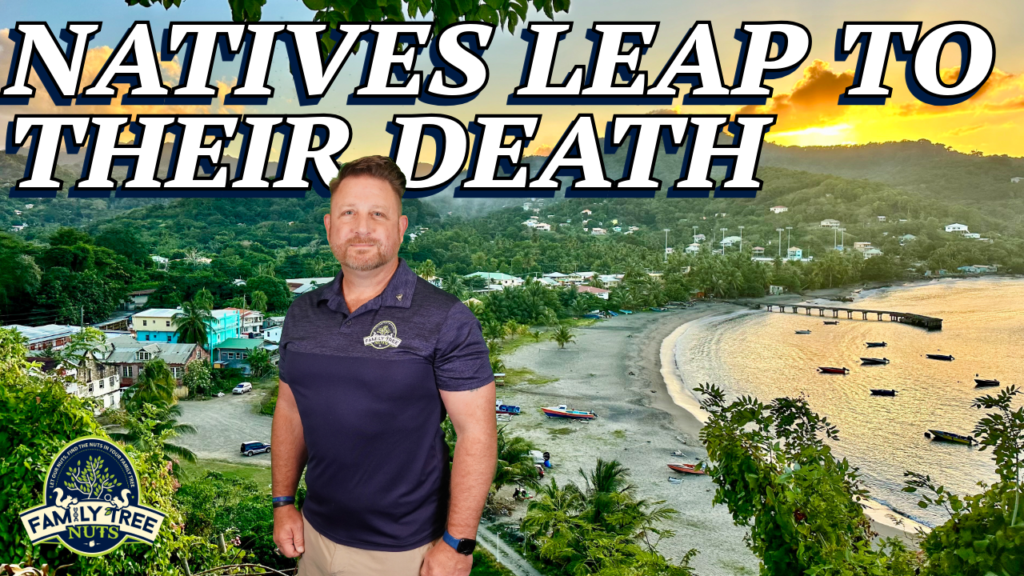
This is a tragic story that few of us are familiar with. From this very spot the last surviving members of a native tribe sadly leapt to their death. Two hundred and sixty-five years later the site was the burial spot for the first person ever to be diagnosed with a disease that effects millions worldwide. In this video, I’ll show you the sights and tell you the sad stories.
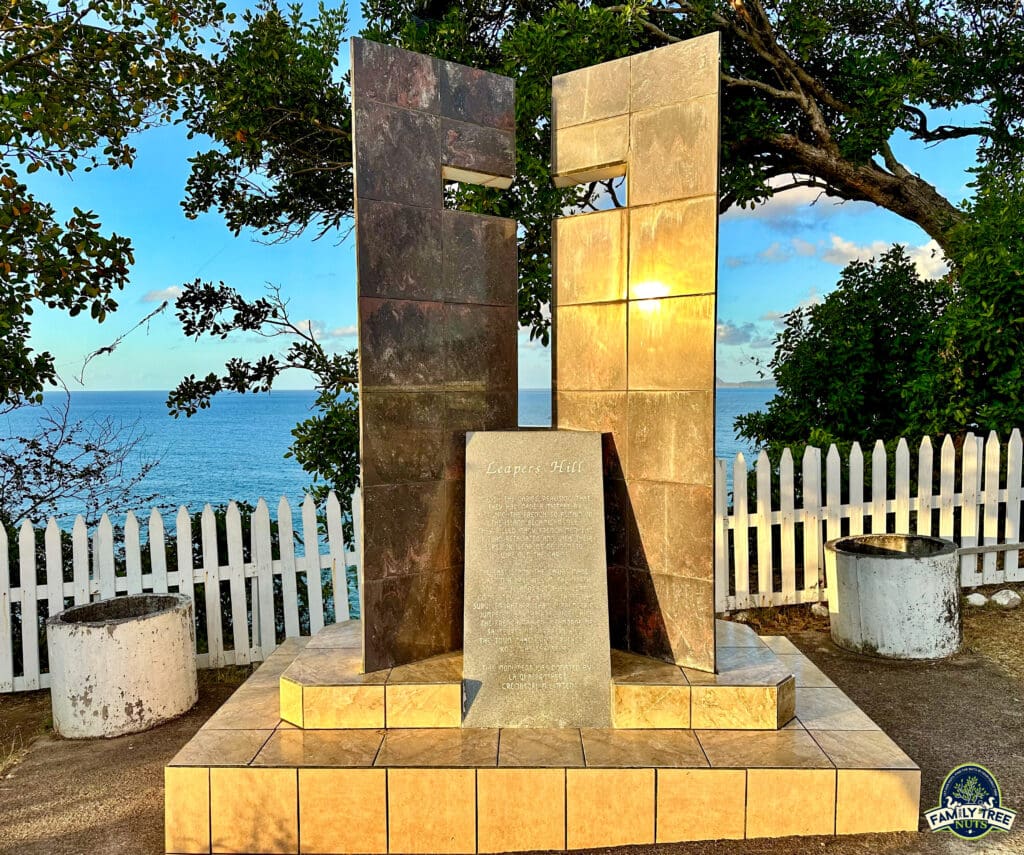
Recently visited the site of this sorrowful and tragic event, and I wanted to share it with all of you. At Family Tree Nuts, we build family trees for clients that either don’t know how, don’t have the time, or don’t want to pay those expensive membership fees. We’d love to honor your ancestors for you. We also make history videos all over the United States, and a few countries, we have a whole playlist of videos about Caribbean history. If you like videos like these, be sure to subscribe to our channel.
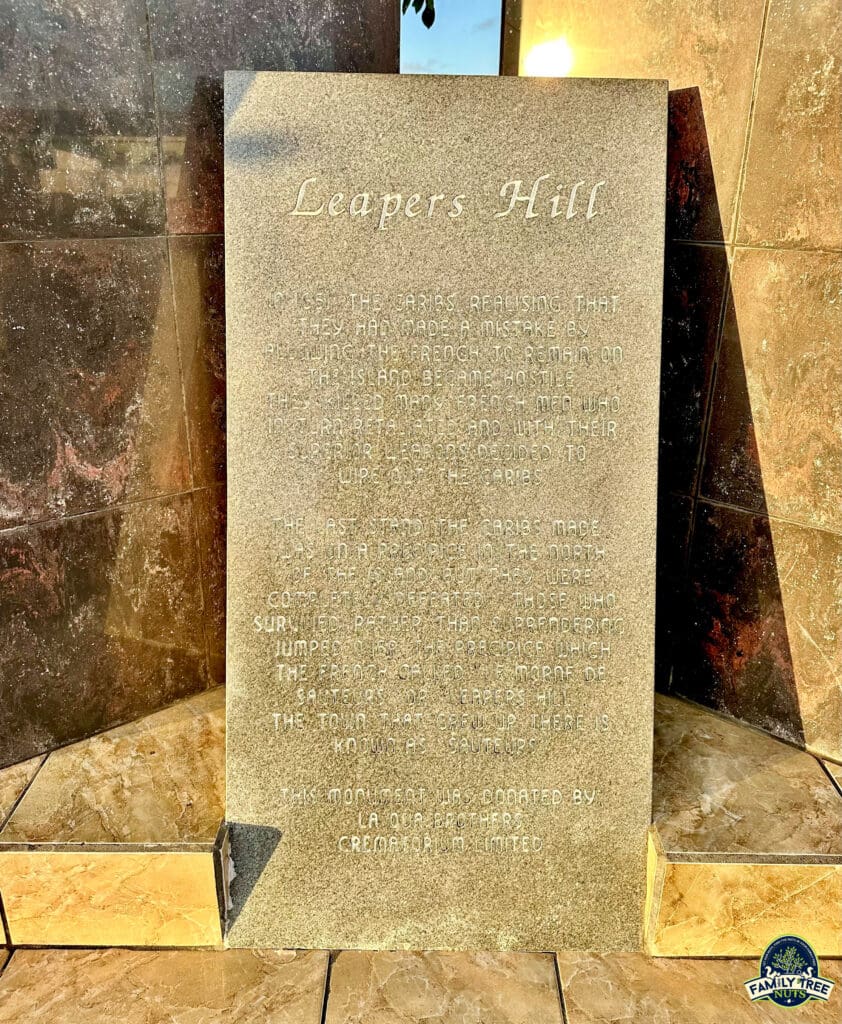
Now back to the story. The first attempt to settle the island of Grenada was made by the British in 1609, but the native Carib Indians attacked them relentlessly and the settlement was abandoned. Seventeen years later, in 1626, the French attempted a settlement in Grenada, but they too were driven from the island. A quarter of a century later, the French again attempted settlement when they purchased land from the Caribs for knives, beads and two bottles of brandy. However just a year later, in 1651, the two hundred French settlers began to be attacked by the Caribs who intended to yet again drive them off of the island.
About eight hundred Carib warriors attacked the French fort but their bows and arrows were no match for firearms and cannon. After wiping out hundreds in the initial attack the French decided to end the conflict once and for all by wiping out the Caribs. Fighting persisted while the French drove the Caribs further and further back until they reached the northern tip of the island. Eventually only forty warriors were left alive and with the sea at their backs they accepted their destiny of defeat. The remaining Carib Indians deiced that they would not surrender and chose to leap from this cliff to their deaths on the rocks below. The French named the spot Le Morne de Sauteurs, which translates in English to “the dreary jumpers”. The town that exists there today is named Sauteurs, or simply “jumpers”.
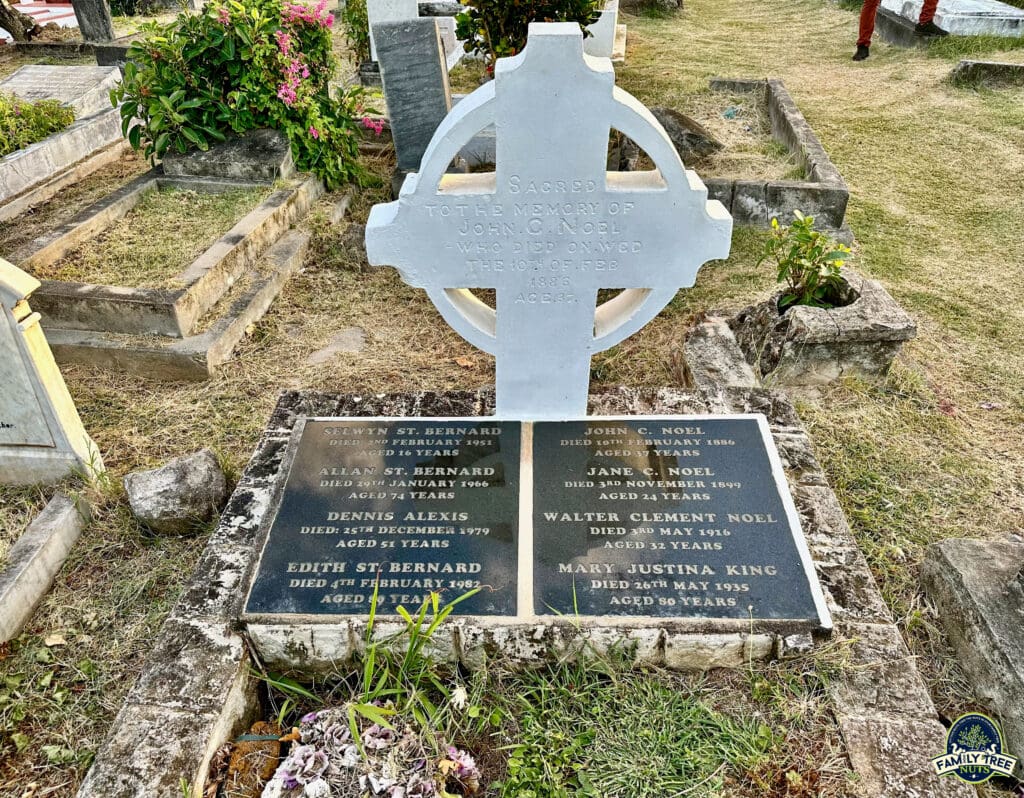
At the site of this event, Saint Patrick’s Catholic Church was built in 1721. The current building was built in 1840. In the rear of the church is an old cemetery that has a certain beauty of its own. One of the people buried here is Walter Clement Noel, the first person to ever be diagnosed with sickle cell anemia. Noel was a Grenadian native whom while attending dental school in the United States had chronic health problems. His blood was examined and was it discovered that his cells were elongated sickle shaped. Noel completed dental school and returned to Grenada to practice dentistry. He died seven years after his diagnosis. It is estimated that twenty million people worldwide suffer from sickle cell disease.
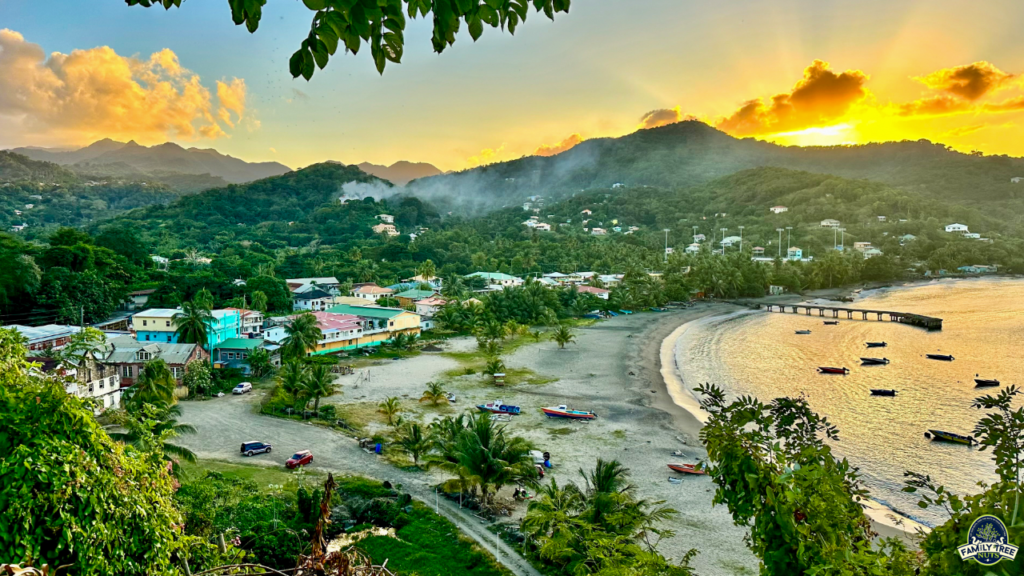
So now we know the story of this sad location that most have never heard of. What do you think? Did you know that these places existed? What are your thoughts about the events that happened here? Have you ever been here, or do you now plan to visit? We’d love to hear what you have to say in the comments below. Also, be sure to see our other two videos from Grenada, and our Caribbean history playlist! We are proud to share this history with all of you. Be sure to see the video below.
– Co. Russ Carson, Jr., Founder, Family Tree Nuts
